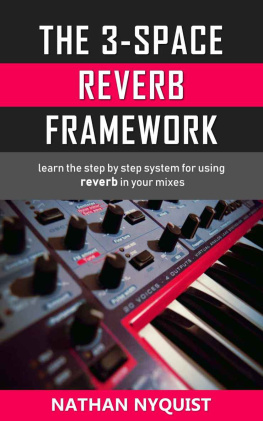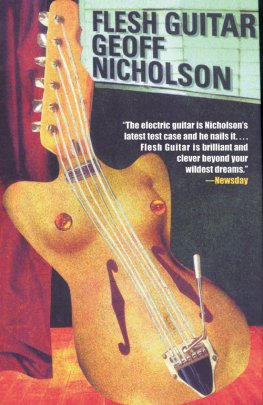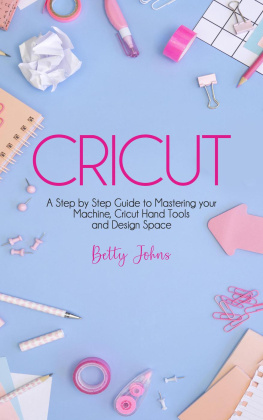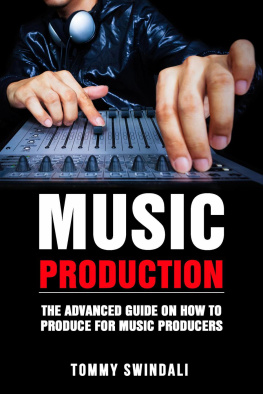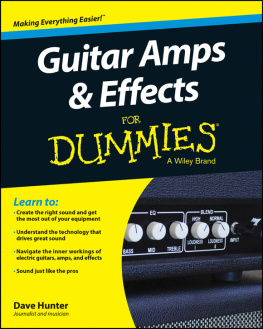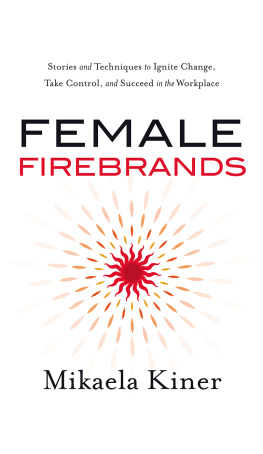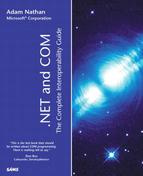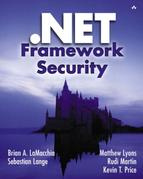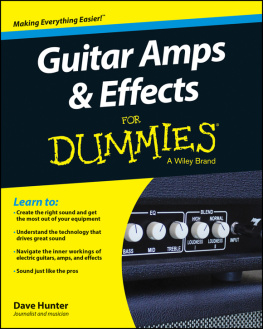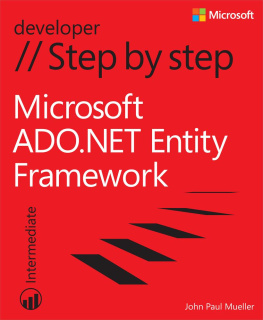Copyright 2018 Nathan Nyquist. All rights reserved.
Protected by copyright laws of the United States and international treaties.
No part of this publication in whole or in part may be copied, duplicated, reproduced, or transmitted in any form or by any means, electronic or mechanical, including photocopying, recording, or by any information storage and retrieval system, without the express written permission from the publisher.
Copyright and other intellectual property laws protect these materials and any unauthorized reproduction or retransmission will constitute an infringement of copyright law.
Federal law provides severe civil and criminal penalties for the unauthorized reproduction, distribution, or exhibition of copyrighted materials. Penalties for criminal and statutory copyright infringement are set forth at 18 U.S.C 2319.
Introduction
Reverb is the most important tool for creating the perception of space in a mix. Without it, mixes would sound flat and lifeless.
When I first started using reverb, I had no idea what I was doing. There were tons of presets to flip through, and for some reason I felt like I had to tweak everything about them.
If I had gotten over my ego sooner and realized that presets are creative catalysts, along with access to a book like this, then I would have mastered reverb much quicker.
I want for you to feel comfortable tweaking reverb and to feel just as comfortable using presets, because they are one of the fastest ways to discover something new.
If you arent yet fluid with reverb, Im going to give you my powerful 3-Space Reverb Framework which will allow you to easily setup reverbs and get straight into the production process.
Its very easy to get sucked down the wormhole of engineering and not actually producing a song. Weve all been there. We can spend so much time tweaking this and that parameter, mistakenly thinking that this is what the experts are actually doing.
But the truth is, the experts usually make about 1-3 main adjustments within a preset before moving on.
Theres a story that reminds me of this fact. It follows the owner of a factory who hired an engineer to fix an expensive machine. The engineer walks in, taps the machine in a couple spots and then grabs a hammer and hits it once and the machine is fixed.
The owner asks the engineer how much for his services to which the engineer says, $1000. The owner scoffs, saying but all you did was hit it with a hammer!!!
A discussion follows and they end up agreeing that hed pay whatever it was as long as he was given an itemized list.
Later that week he received the itemization list in which was listed as follows:
Hammer: $5
Knowing where to hit the machine with hammer: $995
I bring this up because this book is about knowing where to hit the machine with a hammer. In any plugin or hardware processor theres an infinite number of combinations. Its easy to get sucked into the tweaking trap if you dont know what youre after.
This book is going to make it crystal clear what youre after and how to achieve it so that you can spend the rest of your efforts simply making 1-3 big adjustments and then continuing forward.
Creativity is forward movement, not the circular, swirling, vortexy, black-death movement that is characteristic of getting stuck in unproductive loops.
So the reason I wanted to write this book, is because I think reverb is the one tool you shouldnt be spending too much time tweaking.
But it is the most important tool to know how to use . Thats because its responsible for creating almost the complete entirety of the perception of depth and space in your mixes.
Put simply, reverb is the environment that your mix takes place in.
Its weird to say that reverb is the environment that your music takes place in because you can only be in one environment at a time, and if a single reverb creates one environment, then why is everyone using multiple reverbs in their mixes? Strange isnt it?
The reason we use multiple reverbs is because in any mix there is only so much room for noises. I refer to this as mixing real-estate. If you use more real-estate than youve got, then you get a Greek tragedy of a mix.
Different reverb types take up different amounts of mix real estate, and so its important to make sure you use the right reverb types in your mix. We well be categorizing reverb types and showing you how to use them throughout this book.
In order to effectively conserve mixing real-estate we are going to be using 3 reverb types in my 3-space reverb mixing framework. They are as follows:
- Short-decay reverb
- Medium-decay reverb
- Long-decay reverb
The reason for these reverb types is because different reverbs take up different amounts of mix real-estate.
As youll notice, the decay descriptor refers to the length of the reverb or how long it takes for its reverberance to fade into silence. Well go much deeper into this later on.
Using these 3 types of reverb together will create the entirety of your songs environment.
Even though its probably obvious, I want you to understand that a single reverb will simulate the space of 1 environment. The reason we are using 3 reverbs together is mainly because it affords us better control over our mixing real-estate.
To be even more specific the reason we are using 3 reverbs is because of long-decay reverbs. Heres why.
Long-decay reverbs naturally take up the most mixing-real estate because anything that feeds into them lasts forever.
So the 3 reverbs types take up different amounts of space. This means that the longer the decay of the reverb, the more space it will take in your mix. Our mixing-real estate says there is only so much space in a mix, so we want to use it carefully.
The longer the decay the more real-estate that reverb is going to take.
So in order to efficiently and expertly control our mixing real estate which means how much our reverb fills it up, we need to have a simple strategy for using these 3 styles of reverb together.
Throughout this book Im going to be showing you how you use these 3 types of reverb I mentioned earlier and how to put them together to create the total environment of your mix.
Once you learn my 3-Space Reverb Framework youll be able to flip through presets (or make your own) and make adjustments very quickly.
So now lets talk about 3-Space Mix Theory because its the foundational paradigm from which the 3-Space Reverb Framework operates.
Paradigm #1: 3-Space Mix Theory
3-Space Mix Theory is the foundation of my 3-Space Reverb Framework.
I divide the entire space of a mix into 3 zones or regions called the Front, Middle and Back Spaces .
Each space of the mix refers to a positioning of sounds. The way that I envision it is if you were to stand at the front of a movie theater next to the screen and face the seats. As you face the seats you could imagine placing your instruments in different rows of the theater.
Instruments in the Front row would be in the Front Space , in the Middle Row would be the Middle Space , and in the Back would be the Back Space .
Youll notice I often sequence it front, back, and then middle.
Thats because the middle is always configured relative to the front and back spaces. I always recommend figuring out your front and back space reverbs first, and then configuring the middle so it fits between them. This is the most natural and intuitive way to efficiently configure reverbs.

